Best Premium Jai Shree Ram Photo
Jai Shree Ram Photo 1 –
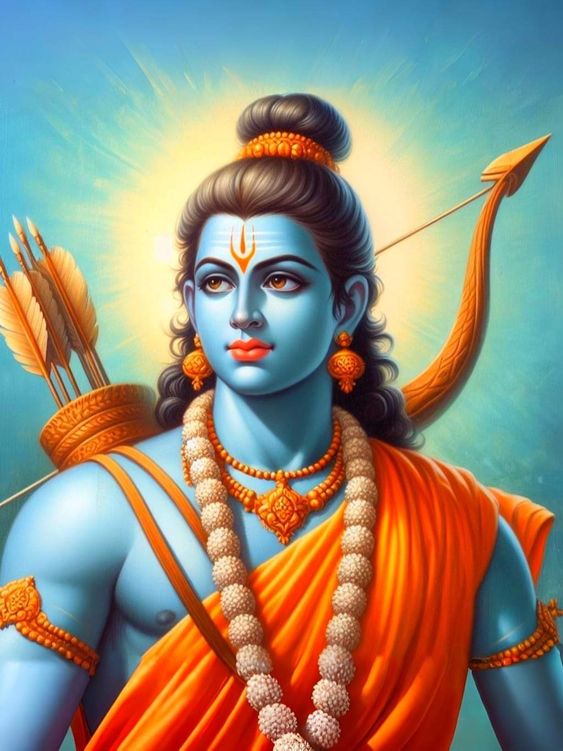
Jai Shree Ram Photo 2 –
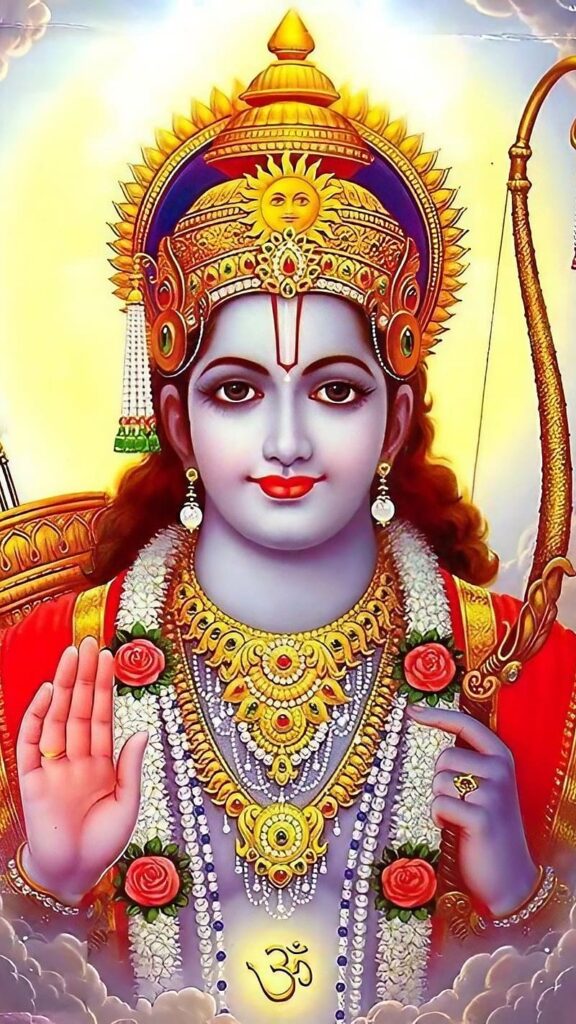
Jai Shree Ram Photo 3
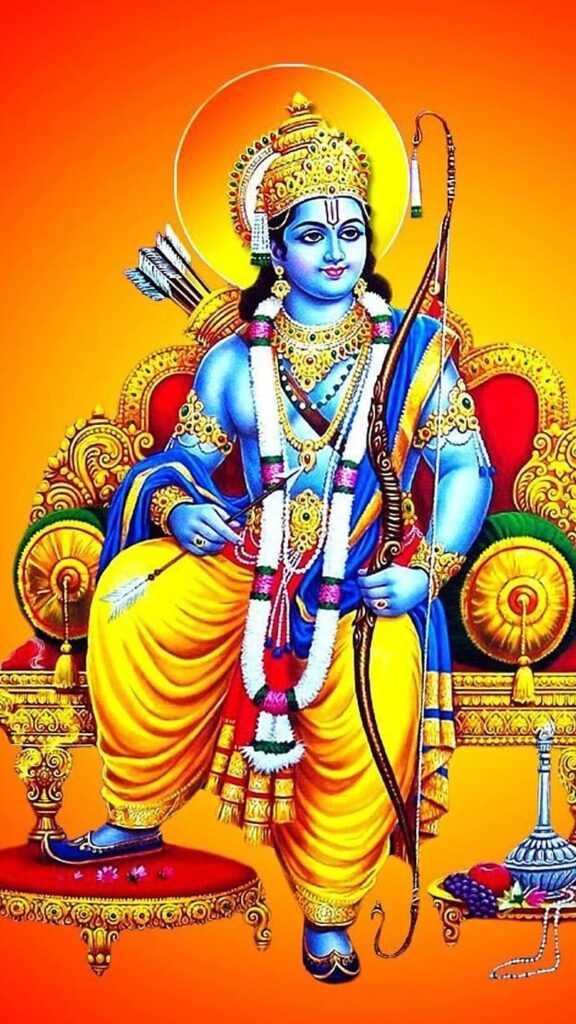
Jai Shree Ram Photo 4
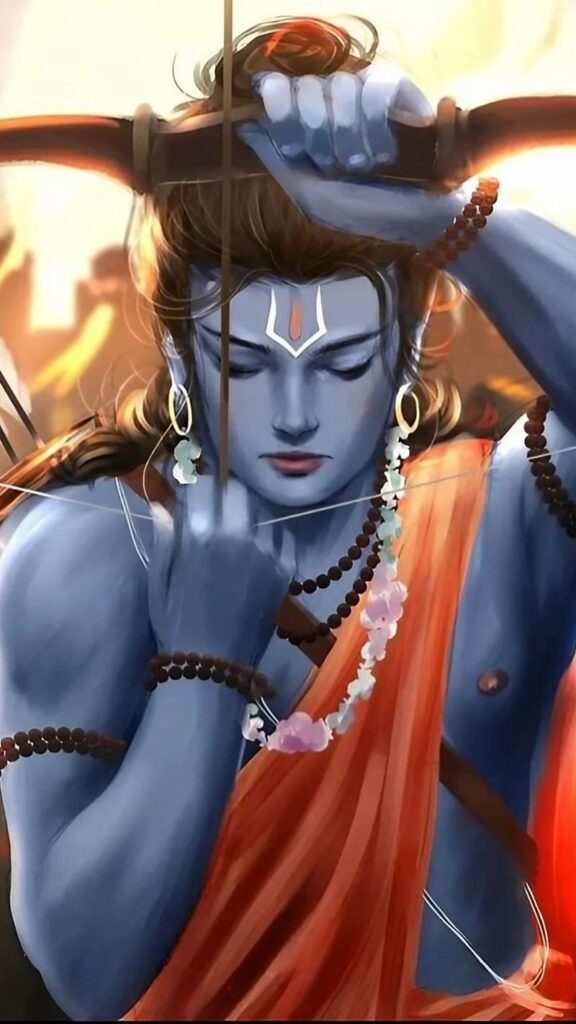
Jai Shree Ram Photo 5
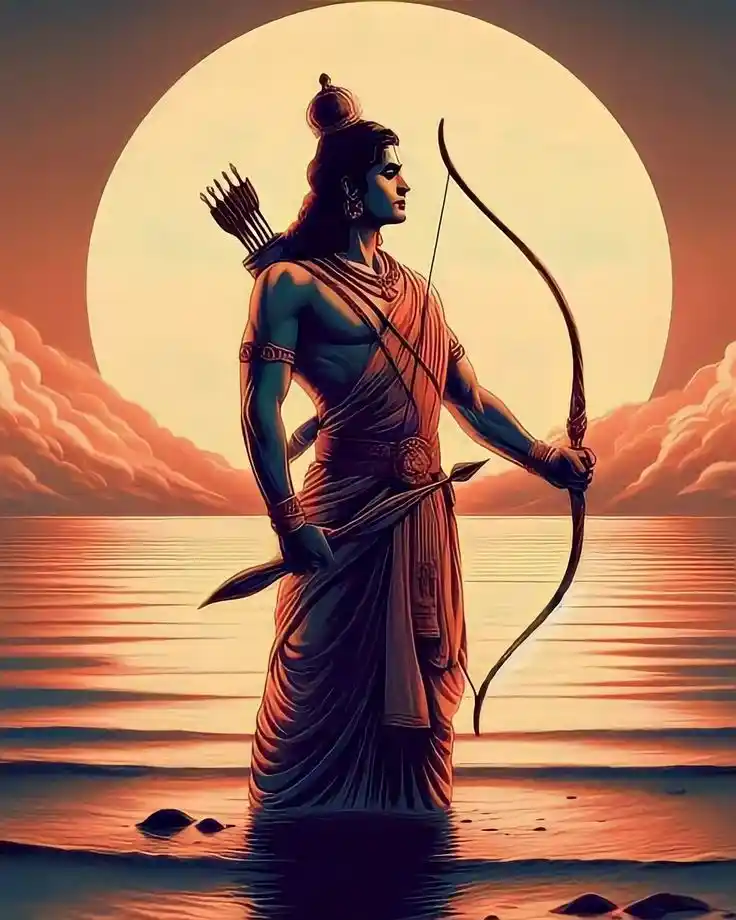
Jai Shree Ram Photo 6
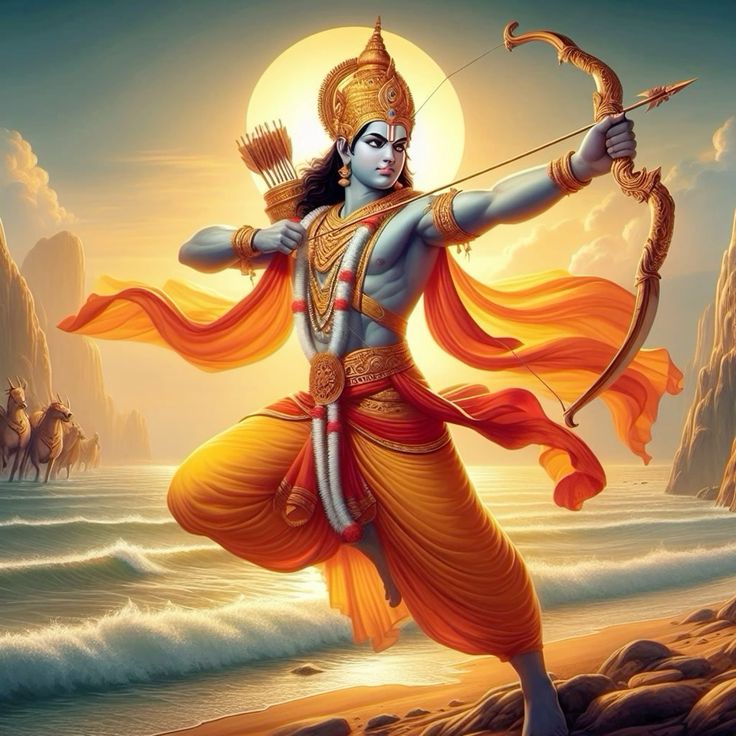
Jai Shree Ram Photo 7
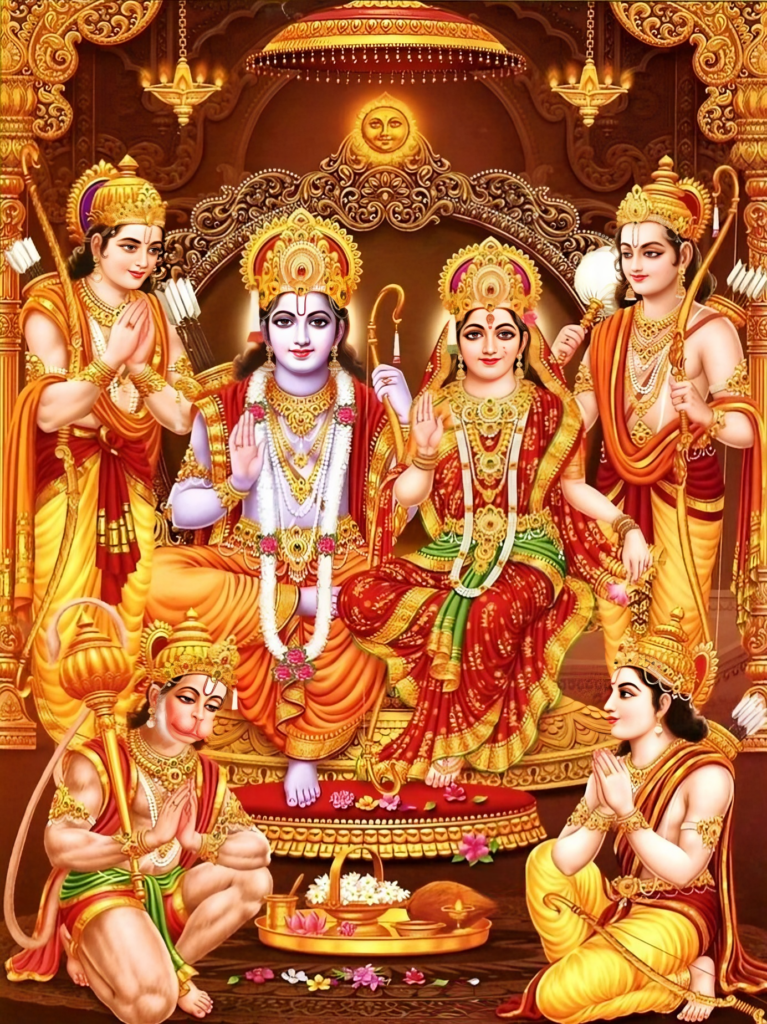
Jai Shree Ram Photo 8
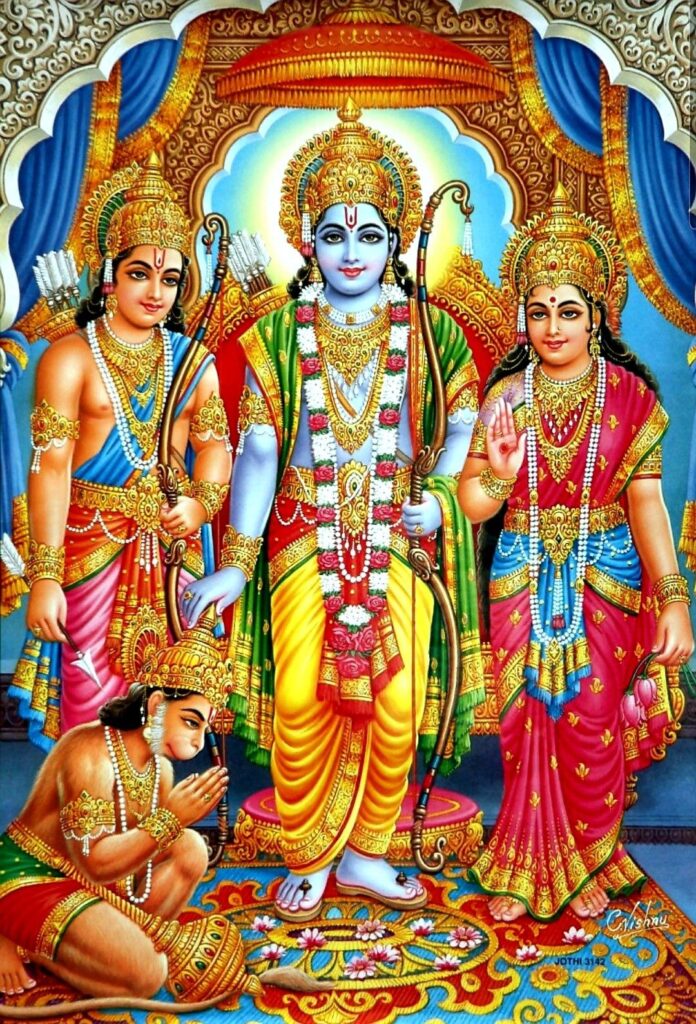
Jai Shree Ram Photo 9
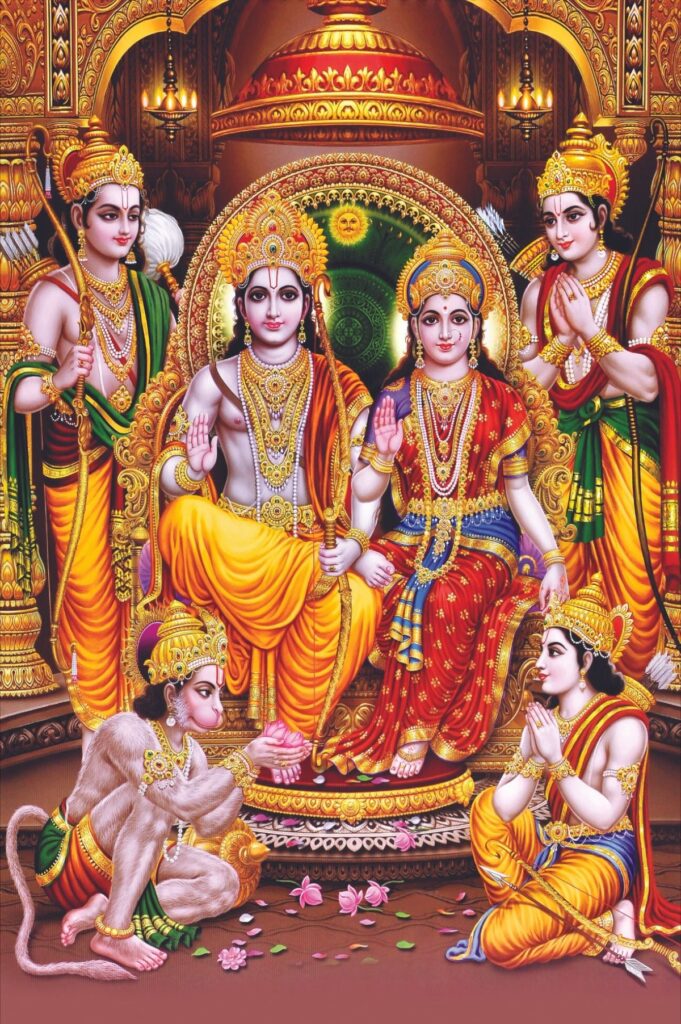
Jai Shree Ram Photo 10
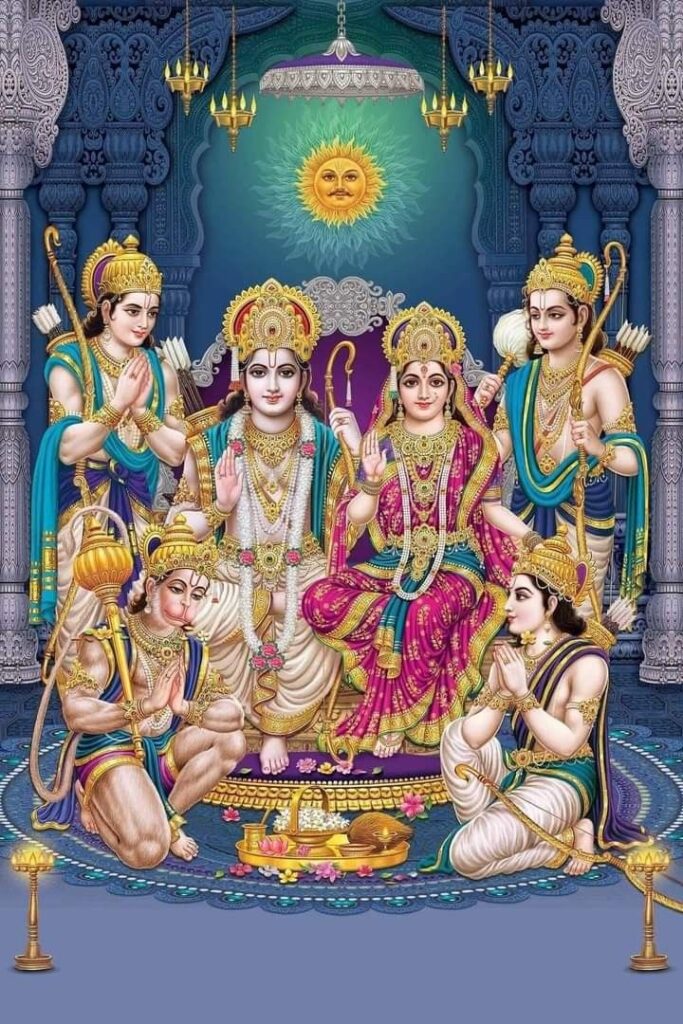
The phrase “Jai Shree Ram” is more than just a slogan; it embodies a deep sense of devotion, faith, and spirituality in Hindu culture. Literally translating to “Hail Lord Ram,” this chant reverberates in temples, homes, and during festivals across India and the world. In recent years, the phrase has become associated with visual representations that carry its essence— “Jai Shree Ram Photos.” These images are not just pictures; they are expressions of faith, devotion, and a connection to a higher power.
As the demand for Jai Shree Ram photos increases, especially in digital formats for use in WhatsApp statuses, social media posts, or as wallpapers, it’s essential to understand the cultural, religious, and artistic significance behind these visuals. In this article, we’ll dive into the importance of Lord Ram in Hinduism, the different types of Jai Shree Ram photos available, and how these images can be a source of spiritual inspiration in everyday life.
Contents
- 1 Lord Ram: The Embodiment of Virtue and Devotion
- 2 Jai Shree Ram Photo: Visual Representation of Devotion
- 3 Types of Jai Shree Ram Photos
- 4 Jai Shree Ram Photos in Festivals and Rituals
- 5 How to Choose the Right Jai Shree Ram Photo
- 6 Digital Jai Shree Ram Photos: A Modern Expression of Devotion
- 7 Conclusion: The Lasting Power of Jai Shree Ram Photos
Lord Ram: The Embodiment of Virtue and Devotion
Before delving into Jai Shree Ram photos, it is essential to understand the significance of Lord Ram in the Hindu pantheon. Lord Ram is the seventh avatar of the god Vishnu, who is known for his righteousness, virtue, and role as a perfect king, husband, and son. His life story, depicted in the epic Ramayana, is a moral guide for millions.
The Ramayana tells the tale of Lord Ram’s birth, his exile from the kingdom of Ayodhya, the abduction of his wife, Sita, by the demon king Ravana, and Lord Ram’s eventual triumph in rescuing her with the help of his loyal brother Lakshman and the monkey god Hanuman. This victory, often celebrated as Diwali, symbolizes the victory of good over evil, light over darkness.
Because Lord Ram is seen as the perfect role model— an upholder of dharma (moral law), compassion, and humility— his devotees often seek ways to keep his image close in their daily lives. One of the most popular ways to do so is by having a Jai Shree Ram photo.
Jai Shree Ram Photo: Visual Representation of Devotion
A Jai Shree Ram photo is more than just a religious image; it acts as a visual reminder of Lord Ram’s teachings and the qualities he embodies. The photos can range from elaborate depictions of Lord Ram’s various life events, to minimalist designs that highlight the phrase “Jai Shree Ram” itself.
These photos are often used in multiple ways:
- Personal Worship: Many devotees keep images of Lord Ram in their personal altars or worship spaces. This creates a spiritual environment at home, allowing them to feel connected to their faith.
- Digital Devotion: In today’s digital age, Jai Shree Ram photos are increasingly used on mobile devices as wallpapers, shared on social media platforms, or sent as greetings during festivals like Ram Navami and Diwali. These images bring the divine into everyday technology, making it easier for devotees to express their spirituality.
- Wall Art: High-quality prints of Jai Shree Ram photos are often used as wall decor in homes and temples, reinforcing the presence of divinity in everyday spaces.
Types of Jai Shree Ram Photos
The diversity in Jai Shree Ram photos reflects the different aspects of Lord Ram’s persona, his life events, and his place in Indian art and culture. Here are some common types of images associated with the phrase “Jai Shree Ram”:
- Traditional Paintings and Portraits: These are often hand-painted images that depict Lord Ram in his royal attire, usually with his bow and arrow. They may also show him accompanied by his consort, Sita, his brother, Lakshman, and his devoted follower, Hanuman. Traditional paintings tend to emphasize intricate details, including the background setting of Ayodhya or the forest of his exile.
- Ram Darbar: A popular version of Jai Shree Ram photos is the “Ram Darbar” or the royal court of Lord Ram. These images feature Lord Ram seated on a throne, with Sita by his side, Lakshman standing with a protective stance, and Hanuman bowing in devotion. This image is particularly meaningful as it represents the ideal family unit, the values of dharma, and loyalty to loved ones.
- Hanuman Carrying the Mountain: As a key figure in Lord Ram’s journey, Hanuman is often depicted in Jai Shree Ram photos, especially in his famous feat of carrying the mountain of medicinal herbs to save Lakshman. These images resonate deeply with devotees of both Lord Ram and Hanuman, symbolizing strength, devotion, and selflessness.
- Abstract and Contemporary Art: In recent years, many artists have started interpreting the image of Lord Ram in more modern or abstract styles. These types of images may not stick to the traditional depictions but instead focus on evoking emotions associated with Lord Ram’s character. These contemporary representations are especially popular with younger devotees looking to integrate their spirituality with modern aesthetics.
- Calligraphy and Symbolism: Another emerging trend is the use of calligraphy to represent the phrase “Jai Shree Ram.” In these images, the focus is less on visual representations of Lord Ram and more on the power of the words themselves. The typography, often accompanied by intricate designs or symbols like the bow and arrow, speaks volumes about the spiritual energy contained in the chant.
- Lord Ram’s Avatar: Some images focus on Lord Ram’s status as an avatar of Vishnu. These often depict Lord Ram in a divine light, sometimes with a backdrop of cosmic elements, reminding the viewer of his divine origins and the larger cosmic order he represents.
Jai Shree Ram Photos in Festivals and Rituals
During festivals such as Ram Navami, Diwali, and Dussehra, the demand for Jai Shree Ram photos peaks. These images become an integral part of the celebration and are used in various ways:
- Processions and Pujas: Jai Shree Ram banners, posters, and large cut-outs are often carried during processions to celebrate Lord Ram’s birth (Ram Navami) or victory over Ravana (Dussehra).
- Decorating Temples and Homes: Devotees decorate their homes and temples with Jai Shree Ram photos, adding flowers, lamps, and offerings in front of the images. This adds a layer of visual devotion and creates a festive spiritual atmosphere.
- Digital Greetings and E-cards: In the digital age, sending e-cards or WhatsApp messages with Jai Shree Ram photos has become a common practice. These images are used to wish friends and family during religious festivals, spreading joy and devotion across platforms.
How to Choose the Right Jai Shree Ram Photo
Selecting the right Jai Shree Ram photo depends on personal preference, aesthetic choices, and the purpose of the image. Here are a few things to consider when choosing one:
- Purpose:
- If you’re looking for a photo for daily worship, a traditional portrait of Lord Ram with Sita, Lakshman, and Hanuman might be most suitable.
- For festivals or as a home decor item, the Ram Darbar or more elaborate depictions of Lord Ram’s victory over Ravana could be more appropriate.
- If you want a simple yet powerful image for your phone’s wallpaper, a calligraphic representation of “Jai Shree Ram” can be visually striking without being too elaborate.
- Art Style:
- Traditional devotees might prefer classic, hand-painted styles that adhere to the sacred imagery found in temples and scriptures.
- Those looking for something more modern can explore contemporary digital artwork or abstract representations of Lord Ram.
- Symbolism:
- Certain images emphasize specific qualities of Lord Ram, such as his role as a warrior or his compassionate nature. Depending on what aspect of Lord Ram’s persona you resonate with, choose a photo that highlights that quality.
Digital Jai Shree Ram Photos: A Modern Expression of Devotion
In today’s interconnected world, Jai Shree Ram photos are not confined to physical prints. Digital versions are widely shared on social media platforms like Instagram, Facebook, and Twitter, often accompanied by the hashtag #JaiShreeRam. This digital devotion allows individuals to express their faith publicly while also fostering a sense of community among like-minded individuals.
Platforms such as Pinterest and WhatsApp have made it easy to search for and share high-quality images of Lord Ram. Whether you want to use them as wallpaper, status updates, or to send festive greetings, the availability of Jai Shree Ram photos in digital formats makes it easier than ever to stay connected to your faith.
Conclusion: The Lasting Power of Jai Shree Ram Photos
A Jai Shree Ram photo is more than just an image—it is a visual representation of faith, devotion, and the timeless principles of Lord Ram’s life. Whether in the form of traditional paintings, contemporary art, or calligraphic designs, these images serve as constant reminders of the victory of good over evil, the importance of dharma, and the power of devotion.
As technology continues to evolve, the way we express our faith might change, but the reverence for Lord Ram remains eternal. In an age where digital connections often overshadow personal ones, sharing and displaying Jai Shree Ram photos is a beautiful way to keep spirituality alive in everyday life. Whether you keep one on your home altar, hang it on your wall, or share it digitally, a Jai Shree Ram photo is a timeless expression of devotion that transcends both time and space.
